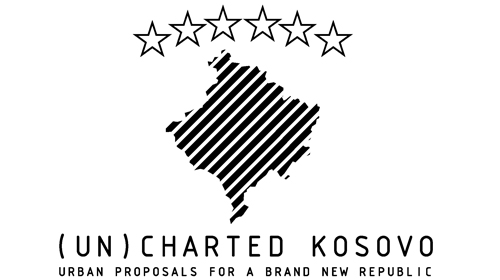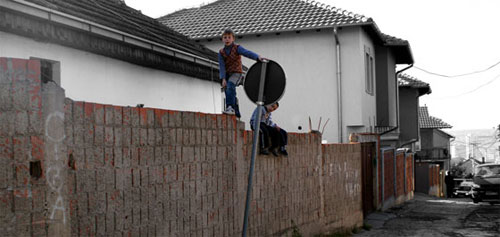‘Prishtina Capital’ publication

© Günter Richard Wett
Bad Architects Group announced their publication “Prishtina Capital”. This publication edited by Ursula Faix and Paul Burgstaller contains contributions by Edmond Hajrizi, Thomas Hrabal, Georg Grasser, Binak Beqaj, Arno Ritter and students projects from the University of Business and Technology, Prishtina. Additionally it contains amazing city portrait photographs of Prishtina, by Günter Richard Wett.







